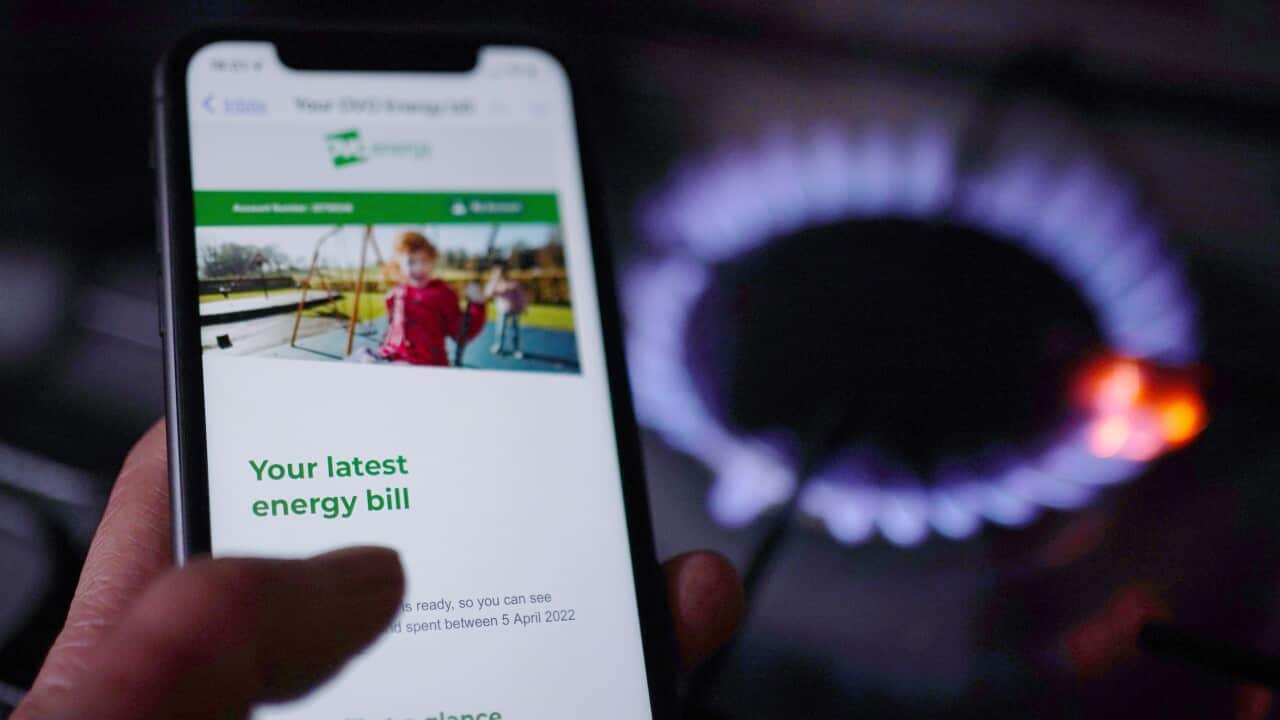Key Points
- Federal and state governments have struck a deal to power more renewable energy.
- It's an expansion of existing arrangements in NSW, Victoria and South Australia.
- The Labor government is aiming for 82 per cent renewables by 2030.
One million homes in NSW could be powered by renewable energy and more electricity could flow to South Australia and Western Australia, under a deal struck between the federal and state governments.
The deal is part of the taxpayer-funded Capacity Investment Scheme, unveiled by the Commonwealth in November.
The scheme is an expansion of pilot arrangements in NSW, Victoria and South Australia, aiming to replace the nation's increasingly costly coal-fired power plants, through federal investment in partnership with states and territories.
Federal Energy Minister Chris Bowen said the plan would mean certainty in the energy market.
"We are getting on with the job of delivering practical solutions to keep the lights on for households and businesses using the cheapest, cleanest form of power — reliable renewable energy," he said.
"The rain doesn't always fall, but we always have water on tap because we store it for when we need it — our energy plan does just the same thing for reliable renewables."
Tenders for six gigawatts of renewable energy will open in May, with a minimum of 2.2 gigawatts allocated to NSW.
SA will receive at least 300 megawatts of renewable energy, although the federal government said this was subject to a final agreement.
The first round of tenders for WA is set to follow in mid-2024, with 500 megawatts of renewable energy allocated for the state.
Federal Labor is aiming for 82 per cent renewables by 2030, and net zero emissions by 2050.
By 2030, the aim is to have 32 gigawatts of capacity under the scheme — about half of the current national electricity market.
The government has not yet revealed how much the scheme will cost.










